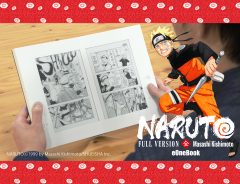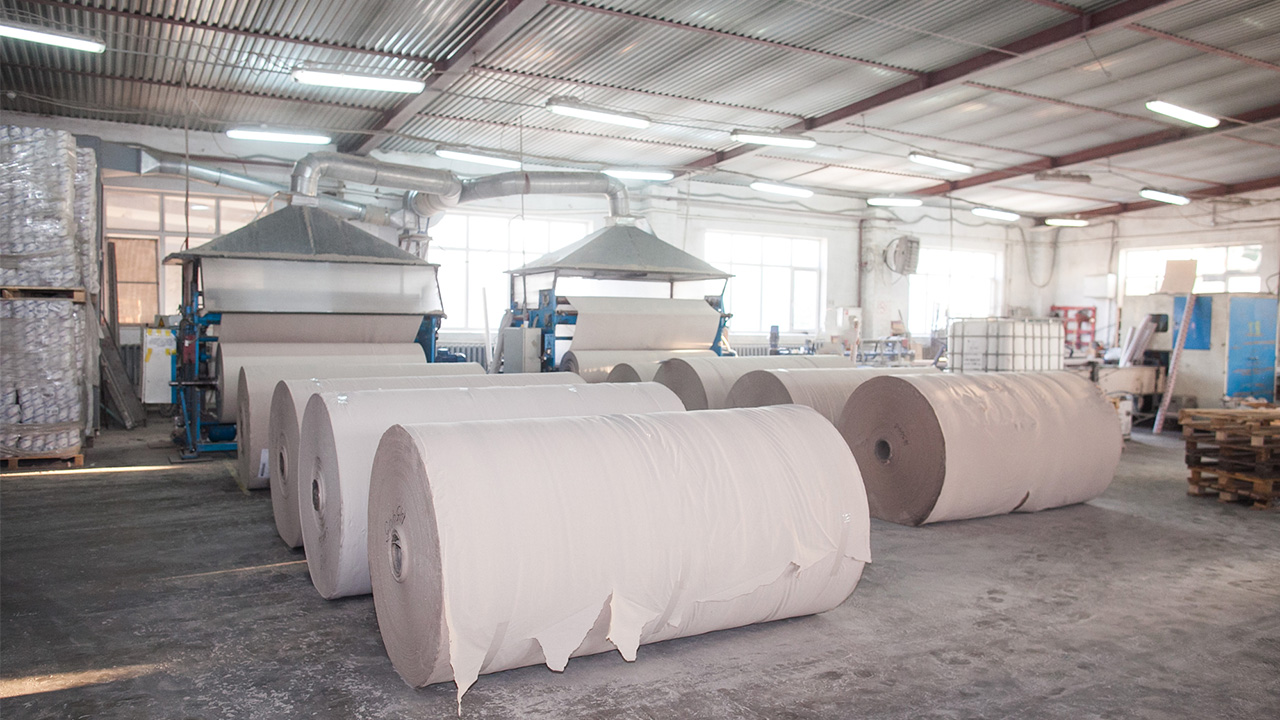- Tags:
- Manga / Printing / publication / Weekly Shonen Jump Magazine
Related Article
-

42 Artists Paid Tribute To Katsuhiro Otomo, The Legendary Creator Of Akira
-

Three manga to learn kanji, katakana and old Japanese as recommended by a Japanese teacher
-

Bandai unsheathes Demon Slayer character PC and fashion eyeglasses
-

Dr. Stone’s Senku uses Snickers to revive petrified comedian in new ad campaign
-

Father comforting his baby uses situation to sneak in a remark; “Why didn’t I think of that?”
-

eBook Reader Containing All 72 Volumes of Naruto in English Smashes Crowdfunding Goal



Shueisha's Weekly Shōnen Jump first appeared as a bi-weekly manga magazine in 1968 and became a weekly magazine in 1969.
The magazine has not only produced famous manga series such as Dragon Ball, One Piece, Naruto and Bleach and Jojo's Bizarre Adventure, but at 7.5 billion copies sold since 1968, it's the best-selling manga magazine in the world.
But while the manga is read by millions, not many people have seen exactly how the magazine is made.
Unless, of course, you saw the video released earlier this year on the Jump Channel.
In a near half-hour video filmed at the Kyodo Printing's Goka Factory in Ibaraki Prefecture, viewers get an in-depth look at every step in the process that goes into making one of those phonebook-sized issues of Weekly Shōnen Jump, from giant rolls of blank paper to finished product shipped out for delivery.
Since the video is only in Japanese, we've compiled most of the information below so you can follow what's happening:
The video shows the three major processes: making printing plates, printing, and binding.
When it comes to plates, both resin and aluminum plates are made, one for monochrome printing and the other for color printing. First, the aluminum plates for the color pages are printed and prepared. Then, for the monochrome pages, the graphic data is turned into negatives to print onto the resin plates. You can see the indentations more clearly on a resin plate when you hold it up.
When all the plates are ready and set into the printing machines, it's time to feed the paper. For each issue, approximately 2,000 rolls of paper are used, which is equivalent to over a thousand tons in paper weight. Only recycled paper is used.
If you haven't seen a printing factory, you'll surely be impressed by the incredible speed and volume of paper that goes through the rotary printing press. Over 20,000 pages are printed per minute!
After printing, the paper is automatically dried and precisely cut into B5 (6.9" x 9.8") sheets of paper. Then, the sheets are counted and separated into bundles. Robot arms stack them neatly and they're automatically transported to the storage room to prepare them for binding.
Meanwhile, the color pages are printed with aluminum plates in a press running at over 800 rotations per minute and capable of printing about 480,000 pages per hour.
There are several quality measures and checks as well. For one thing, the humidity level on the factory floor is constantly maintained to reduce static electricity and avoid paper shrinking. Workers also constantly check the quality of the print to make sure everything looks good.
During the binding process, a bit more human intervention is required. In the case of a manga magazine like Weekly Shōnen Jump which contains both monochrome and color pages, these groups of pages need to be set by hand. Once the order is set, the binding machine puts everything together.
Finally, the covers are pasted on, the excess white margins are cut off, the magazines are given a completed product quality check, then they're bundled into stacks, loaded onto trucks and sent off to bookstores, station kiosks and convenience stores all over Japan.
It's quite exciting to watch! Some viewers may even be moved by the enormity of the scale. It's truly impressive to realize the number of processes and people involved in bringing about every issue of Weekly Shōnen Jump.
Viewers left comments such as, "I am so happy that they show us this kind of behind-the-scenes process," and "I can only be grateful to them."
For fans of Weekly Shōnen Jump, getting this special "look behind the scenes" surely adds to their appreciation.